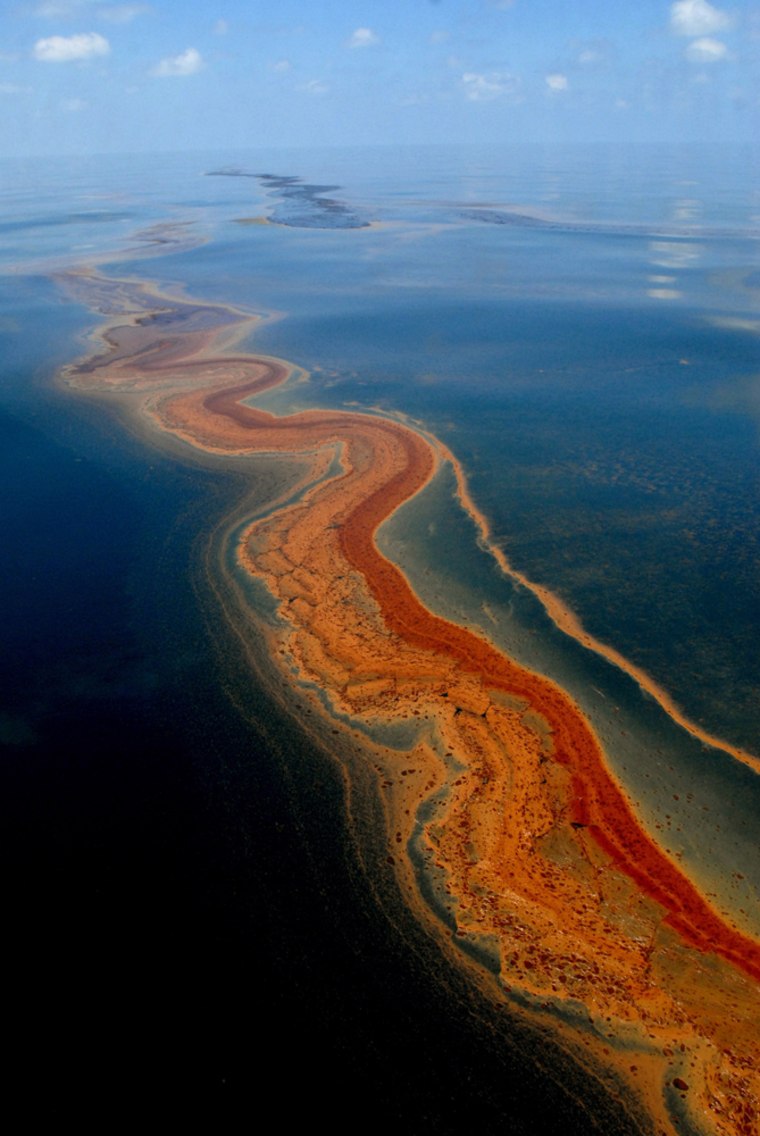PASCAGOULA, Miss. — Amid undying criticism over the large-scale use of Corexit in the Deepwater Horizon response, NOAA and the Food and Drug Administration are developing a lab test to detect traces of the chemical dispersant in seafood. The test, they hope, will finally put to rest concerns that poisons from the compounds used to break up the oil will linger in the food chain.
“They don’t expect to find dispersant in fish but are operating out of an abundance of caution,” says Christine Patrick, a spokeswoman for fisheries programs at the National Oceanographic and Atmospheric Administration. “It’s because people need more reassurance and confidence ... (which are) not as controllable as you would hope.”
Critics who urged more thorough testing before fishing areas were opened say the move is positive, if belated.
“It’s very late (to start this testing), and it’s premature to open those fishing grounds while they are still developing the test,” says Susan Shaw, a toxicologist at the Maine Environmental Research Institute. “I know that they are trying to inspire confidence in the seafood and some scientists actually do think that is OK, but I am not one of those scientists.”
It is unclear when the test will be ready. Creating a reliable test can be a lengthy process, Patrick says.Until a few weeks ago, detecting dispersants in seafood was left to NOAA and FDA professional seafood assessors who are trained to detect adulterants by smelling samples of fish. When interviewed by msnbc.com at the testing lab in Pascagoula, NOAA officials said they were not focused on finding dispersants because “the FDA has concluded the dispersant itself ... is not a public health risk.”
NOAA and the FDA stand by that assessment. Although the use of the dispersant was unprecedented in scale and application — BP used more than 1.8 million gallons of the dispersants, pumping it deep into the sea as well as spraying it over the surface — they point out that the dispersant degrades more rapidly than oil. BP stopped using dispersants after July 18.
Patrick also points to scientific studies that show fish and other types of sea creatures do metabolize and excrete poisons found in oil and dispersants — that they do not accumulate in the tissue. She compares it to the way humans metabolize alcohol. The testing would help determine how quickly that process takes place, especially in shrimp, shellfish and crabs, she says.
“It’s definitely unprecedented use; no one is challenging that,” says Patrick, adding that NOAA has “real concerns” about how dispersants will affect reproduction of fish stocks and development of larvae exposed to the chemicals.
“They are vulnerable. But that’s not the same thing as seafood safety,” she says. “You don’t eat them. You eat the big ones, which have the ability to metabolize and excrete” the poisons.
Click here to follow Kari Huus on Facebook
In June, the Environmental Protection Agency ordered BP to switch to a less poisonous dispersant, but the company continued using the one it had on hand in large quantities — two different formulations of Corexit, produced by Naperville, Ill.-based Nalco Co.
Later, they were ordered to make public the formulation of the dispersants, but scientists said some of the ingredients listed — such as “derivatives” and “petroleum distillates” — were general, keeping specific compounds under wraps.
“They really should be disclosing all of these,” says Shaw. Some of the chemicals “may be more persistent in tissue than the ones that we know. We still have the problem of those ingredients.”
The use of dispersants has been subject of great debate. Sen. Frank Lautenberg, D-N.J., a member of the Appropriations subcommittee on water development, has introduced the Safe Dispersants Act, which would require better testing to determine long-term effects on human and marine health, and better disclosure.
Groups of commercial fishermen, including the Louisiana Shrimp Association, are also calling for testing of dispersants and questioning the reopening of fishing grounds.
The nonprofit group Public Employees for Environmental Responsibility sent a legal petition to the FDA on Aug. 4 calling for screening of dispersants in seafood. The FDA has five months to respond.
“I see the government trying to keep the public generally at ease and not stir up too much commotion,” says Christine Erickson, a spokeswoman for PEER. “And that is the only reason I can see that they are handling it this way ... instead of taking a more proactive approach to look into potential harms.”
